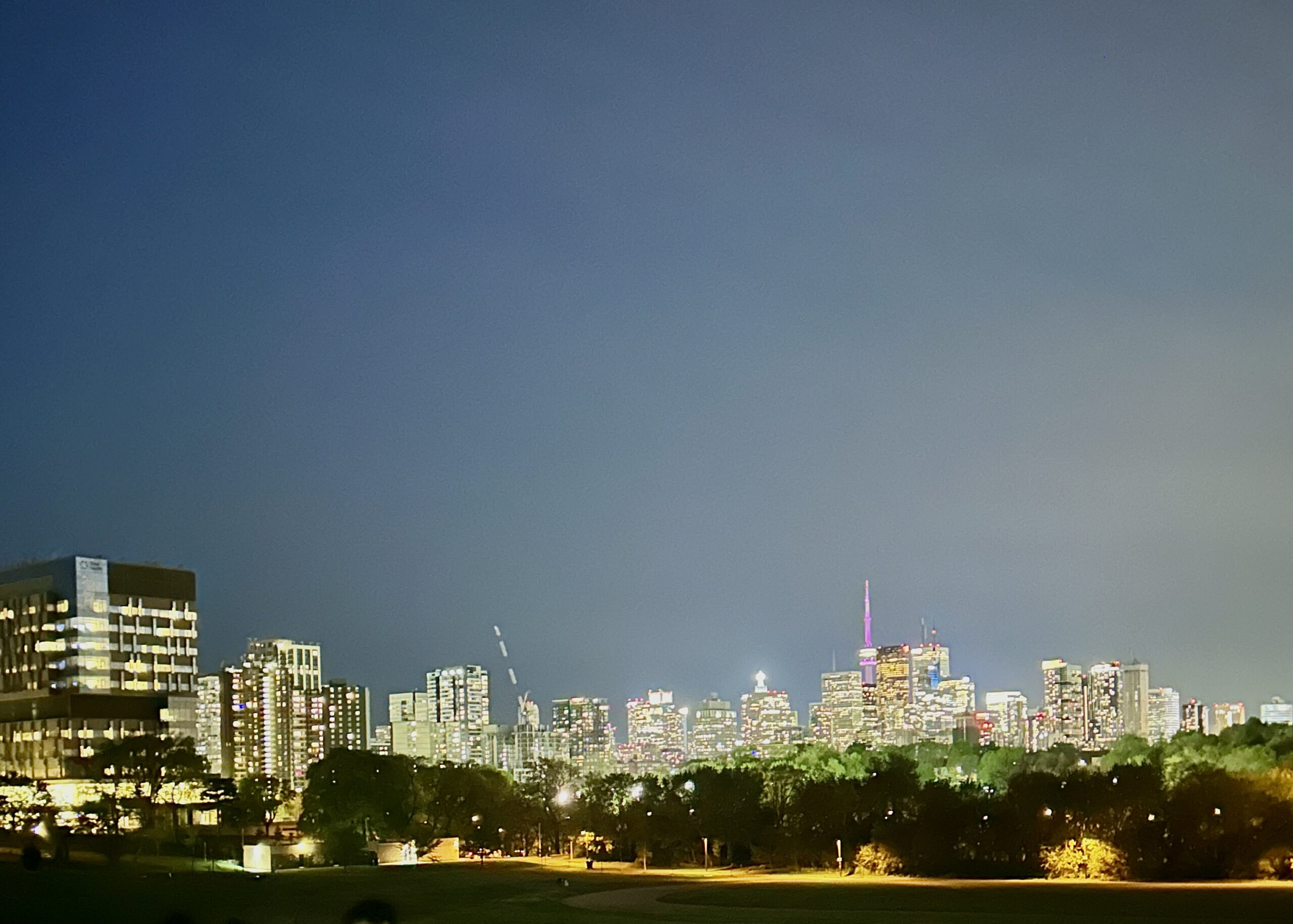Stars, my solace; now, a polluted sky
Light pollution is taking away the beauty of nature.
In moments of anxiety, my peace lies beneath the twinkling stars. It’s a ritual—a quiet escape—to cradle a cup of tea in my hands and settle onto the patio, where tiny radiant gems fill the night sky’s canvas. Those little stars tell stories of why I’m here, my dreams, and what truly is meaningful. It’s like a comforting blanket, making everything else fade away for a while.
But today, as I look up, the night sky is excessively bright, overpowered by the glow of artificial light. It’s no longer serene. Now, it’s just a polluted space. The stars, those little stories in the sky, struggle to shine through the bright city lights. The beautiful night I loved is fading, taken over by a kind of light that steals its charm. It makes me long for the quiet joy of looking up at the stars, now spoiled by too much shine.
Beyond its impact on aesthetics, light pollution, characterized by “unwanted or excessive artificial light,” according to Britannica, is raising concerns due to its alarming effects on both animal behaviour and human health. This issue arises from factors such as the widespread use of technology and “skyglow”—upward-directed light that’s dispersed and reflected from the atmosphere.
Light pollution is disrupting the natural behaviours of animals, affecting activities such as mating, foraging, and migration patterns. Assuming we’re all sea turtle fans (and who wouldn’t be? They’re simply adorable), it’s quite disturbing to see the threat that light pollution poses to these creatures. City lights along coasts confuse sea turtle hatchlings, disrupting their natural navigation guided by moonlight and star reflections on the water. It’s no different from setting up a neon sign that says, “Wrong Way!” on a correct path for travelers. On the other hand, birds, bats, and insects struggle to find food and shelter, while the constant glow can isolate populations and harm biodiversity. The urban environment, with its bright lights, is becoming a challenging space for animals trying to live alongside us.
But what about us? How does light pollution affect humans?
Our sleep patterns, visual abilities, and mental wellness are all affected by these excessive artificial lights. Constant exposure to artificial light at night disrupts our natural circadian rhythms, leading to insomnia, fatigue, an increased risk of chronic conditions, and mental illnesses. Furthermore, intense streetlights and light pollution contribute to visual discomfort, compromising the safety of nighttime driving.
The night sky, once a dazzling spectacle of stars, is fading as artificial lights disturb the celestial dance. Simple actions, like using shielded outdoor lights and advocating for responsible lighting, can help restore the serene beauty of the night sky while preserving our well-being and that of the creatures with whom we share the night.


Yeah I remember being confused as a kid about the cultural disconnect of the night sky being full of stars even though I never saw any. Than someone explained to me that in a city like Toronto there are artificial lights that prevent us from seeing them which is a shame. I remember the first time I went to a family members cottage and saw stars for real was such a mesmerizing experience. Great job spreading the word though!